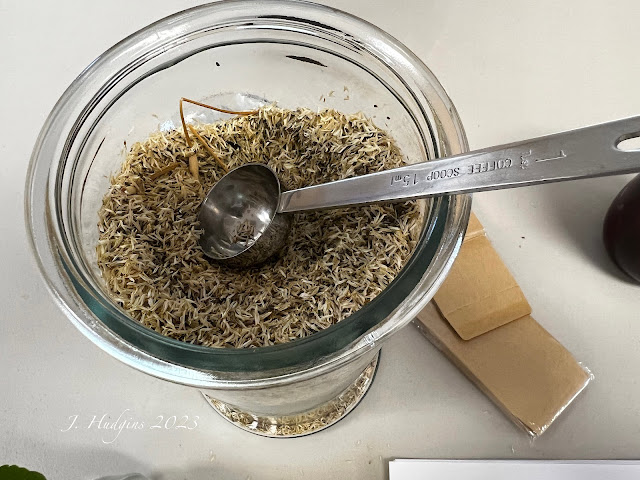Spilanthes - Or 'What If I Have A Toothache?'
Spilanthes
(Brought to the August, 2023 Meeting by member Naomi Paul)
Botanical Name: Amelia Oeracea, Spilanthes Acmella or Spilanthes Oleracea
Common Name: Toothache Plant, Electric Daisy, Buzz Button, Sichuan/Szechuan Buttons (in Asian cooking), paracress, Jambu, Tingflowers
Spilanthes is a member of the Asteraceae family which includes daisies, sunflowers, asters and others. The flowers are yellow (Lemon Drop) or yellow with a burgundy center (Bullseye).
It is a native of Brazil and is a cold sensitive tropical perennial in zones 10-12. Everywhere else it is grown as an annual.
From the NCSU Plant Toolbox:
"The attractive colorful heads attract fireflies when in bloom. The leaves add a pungent flavor to salads and soups. While the leaves smell similar to any leafy vegetable, when eaten a strong, spicy warmth spreads across your tongue, becoming a prickling sensation that activates the salivary glands. The prickling subsides into an acidic (slightly metallic) sharpness, then tingling, and then numbness. The numbness fades after two to twenty minutes (depending on the person and amount eaten), but the pungent aftertaste lingers for an hour or more. An extract of the plant, sometimes called jambu, is used as a flavoring agent in foods, chewing gum, and chewing tobacco."
- Gum infections
- Inflammation
- Sore Throat
- Stomatits
- Toothache
- Wound Healing
- Using diuretics (water pills) for blood pressure or swelling.
- If you have prostate cancer
- If you are pregnant
- Tincture: Vodka (90-100 proof)
- Glycerite: Pharmaceutical Grade Vegetable Glycerine
- Elixir: Sweet Almond or Castor Oil





Comments
Post a Comment